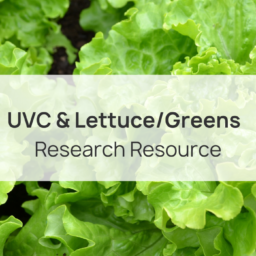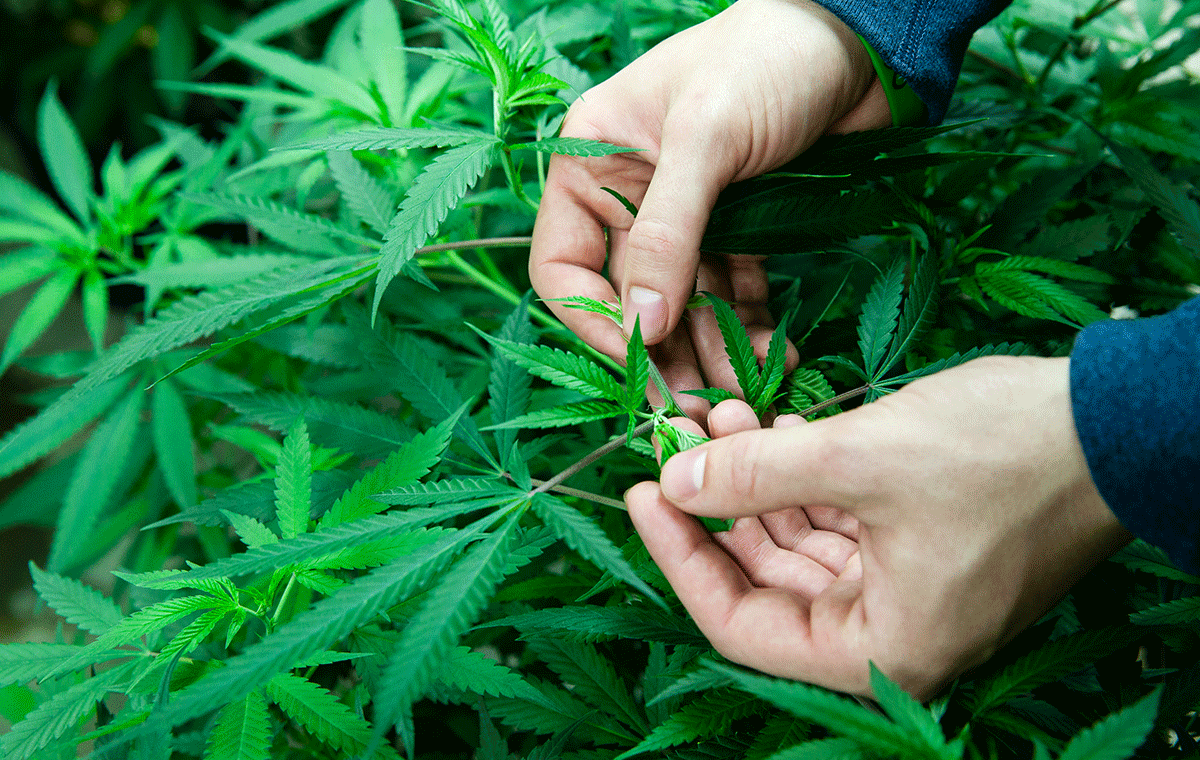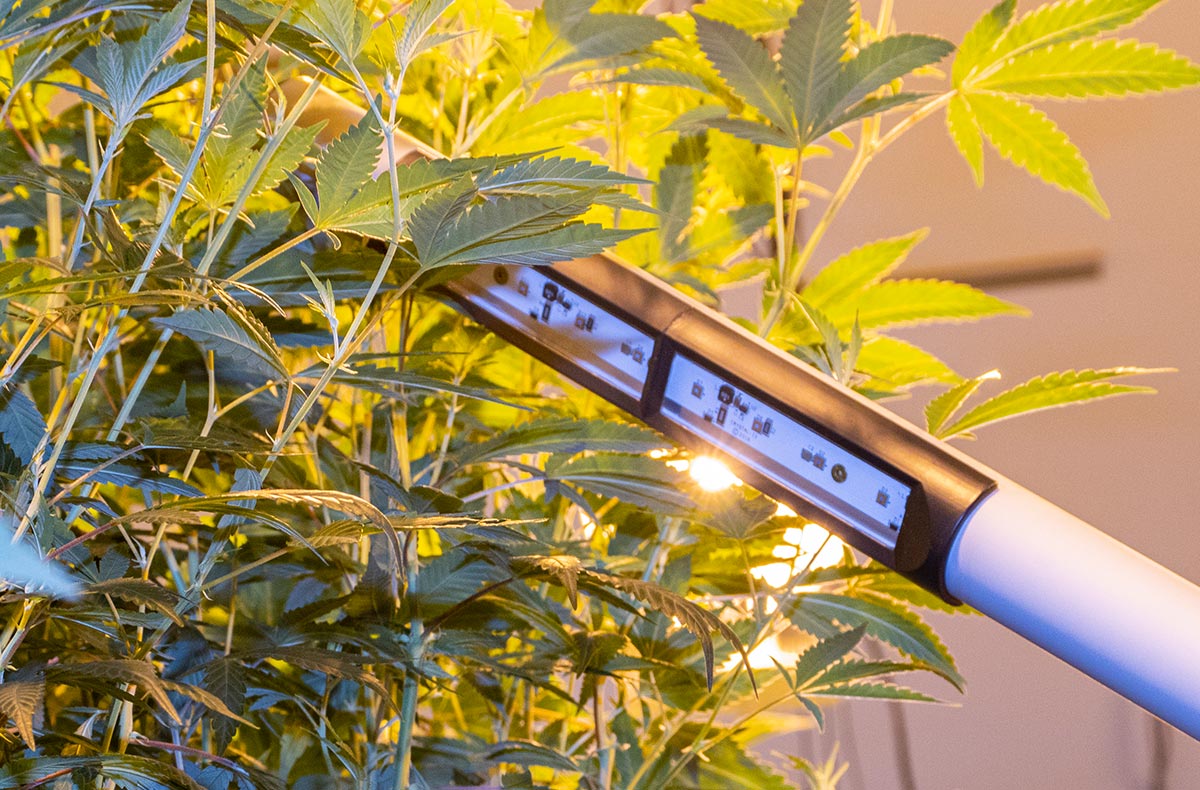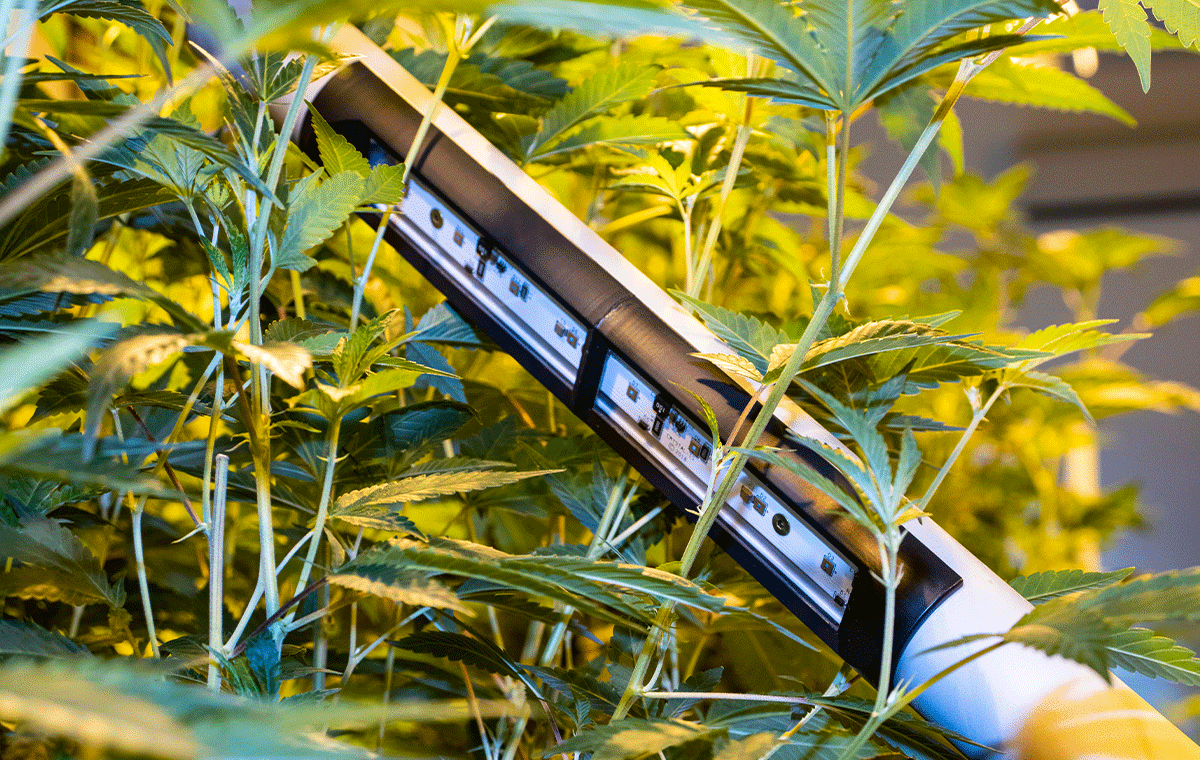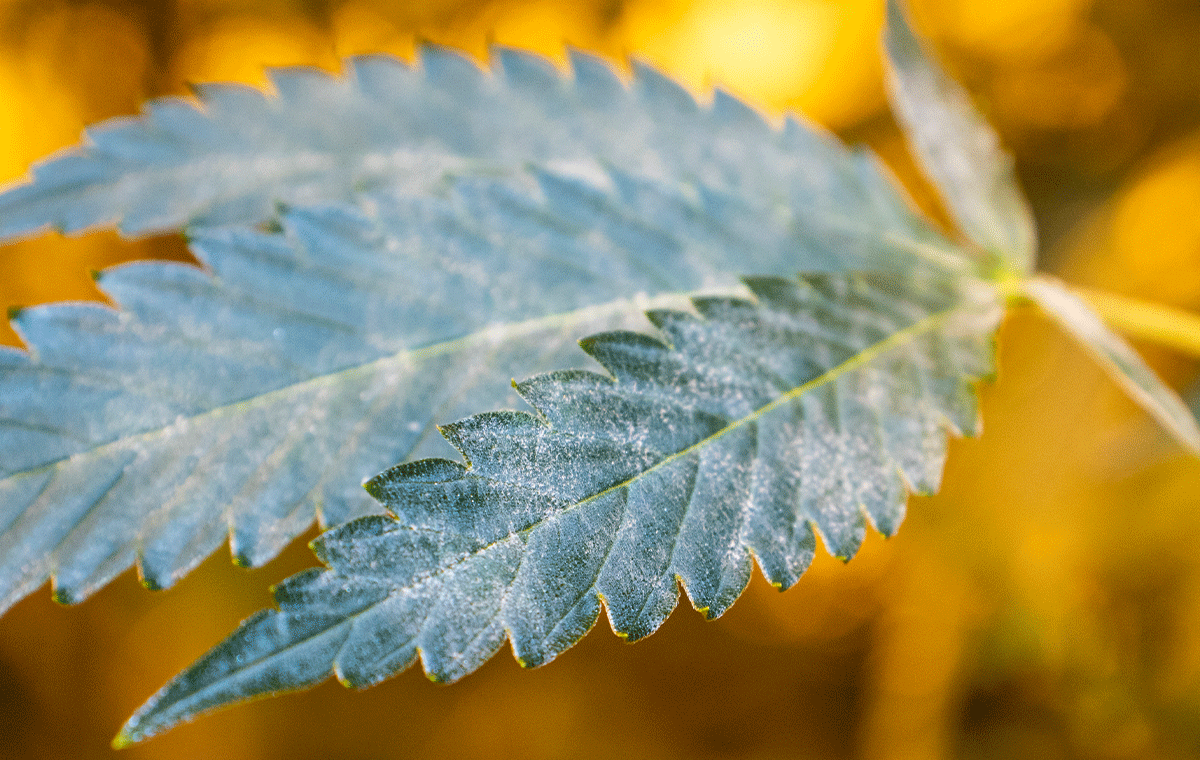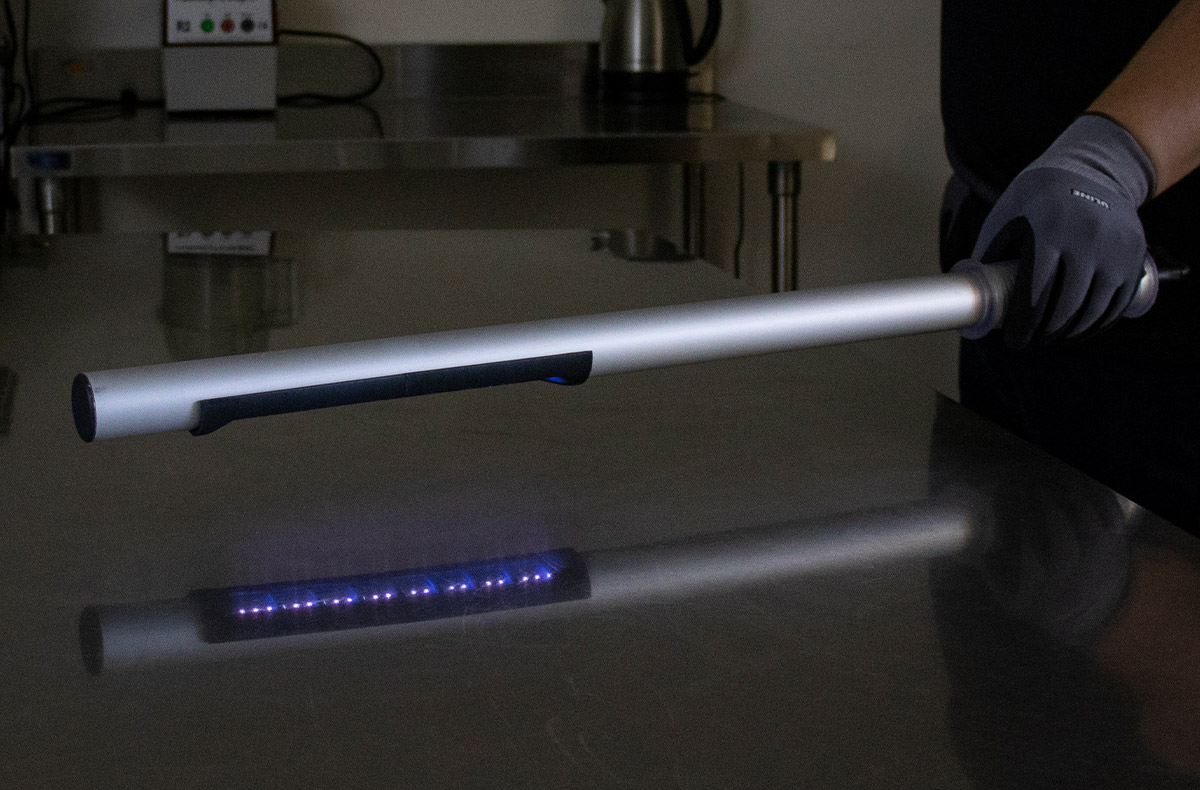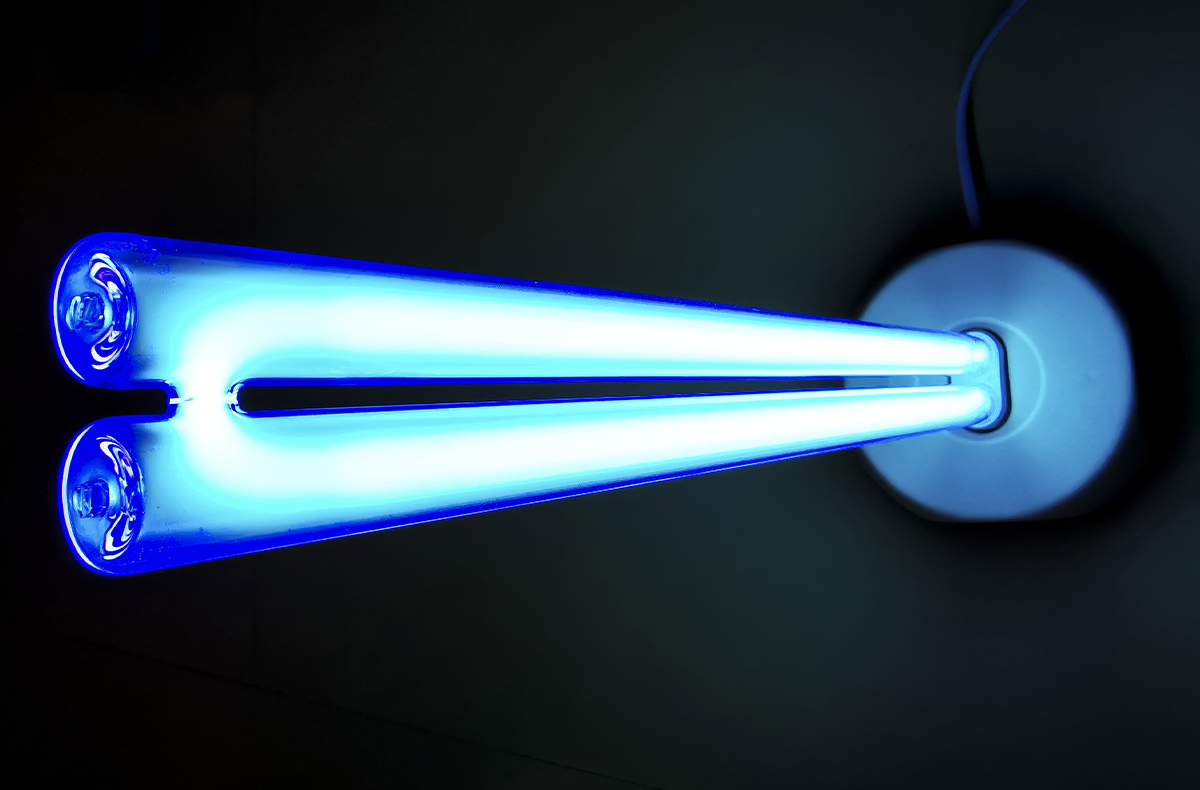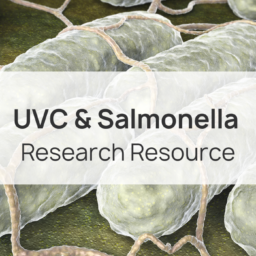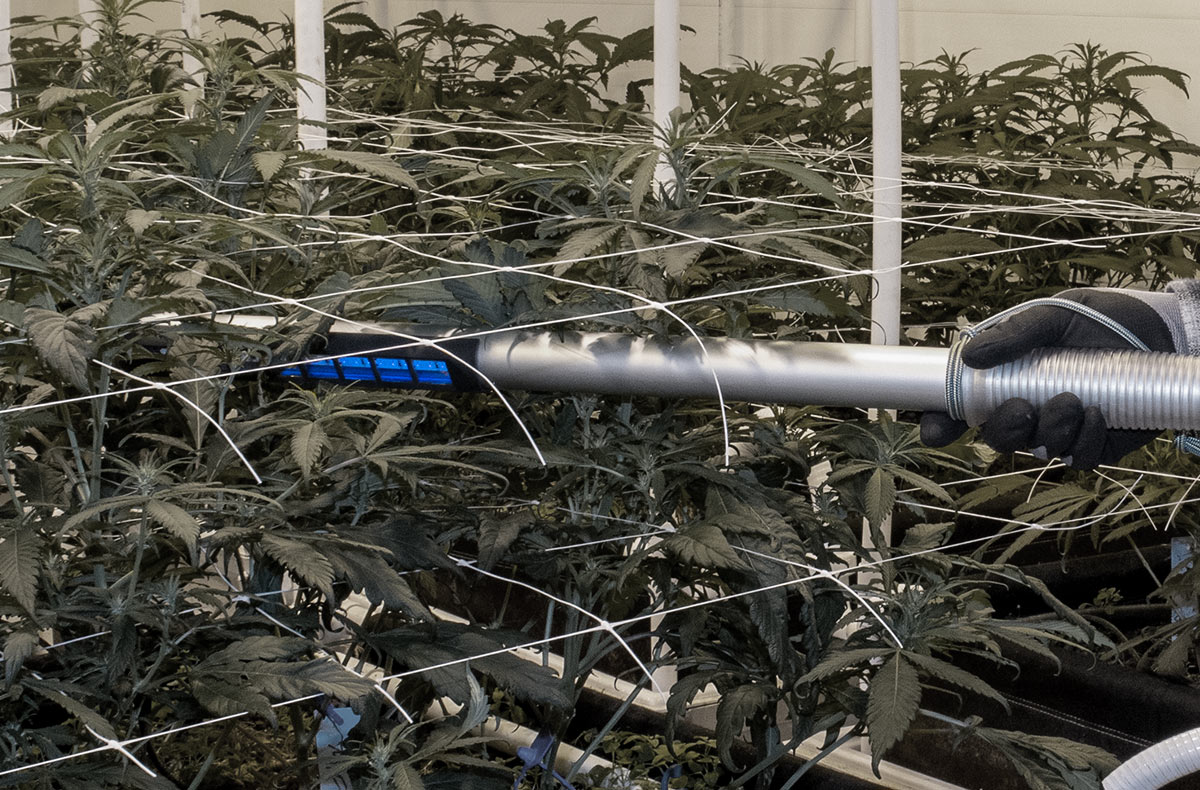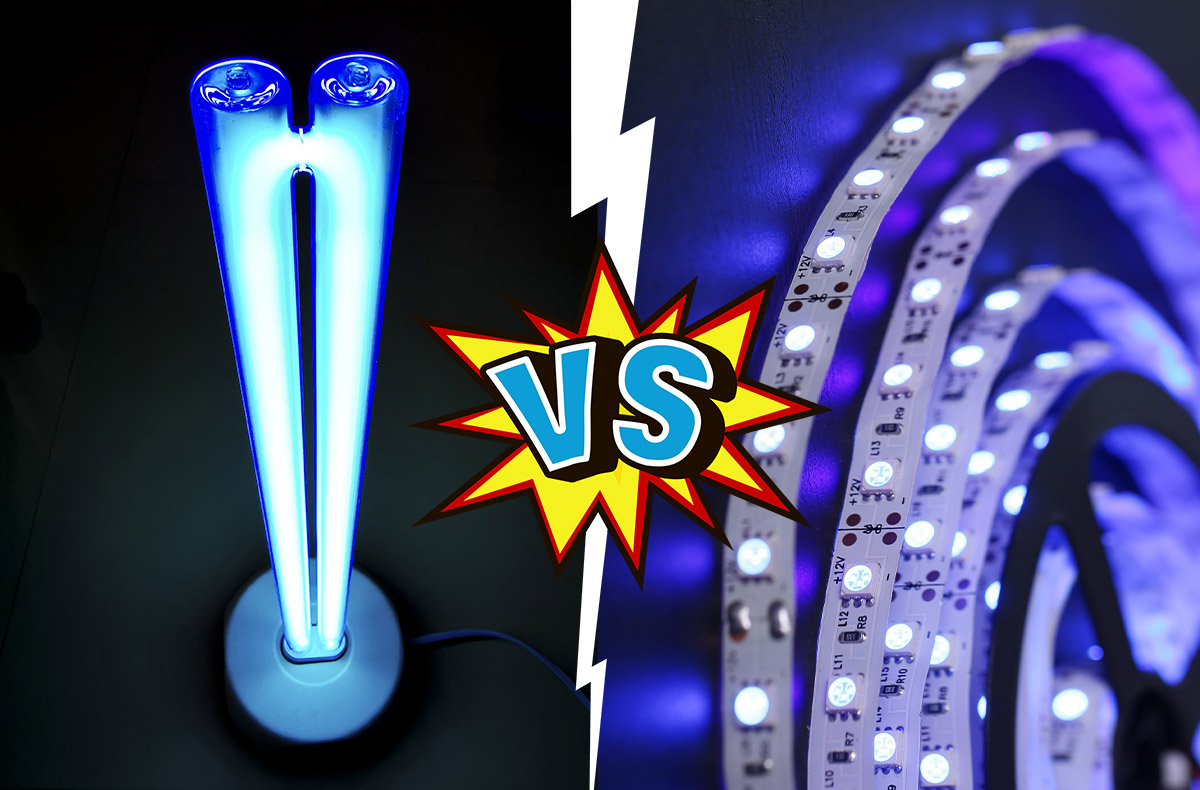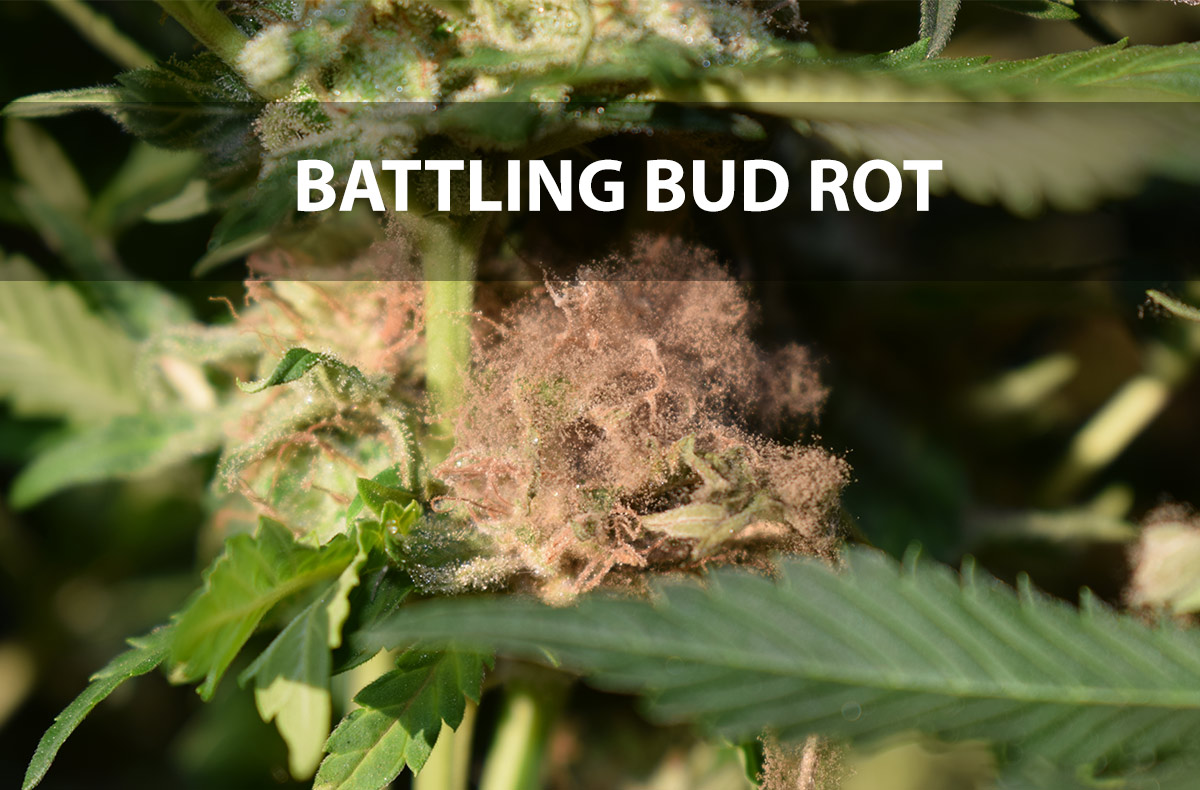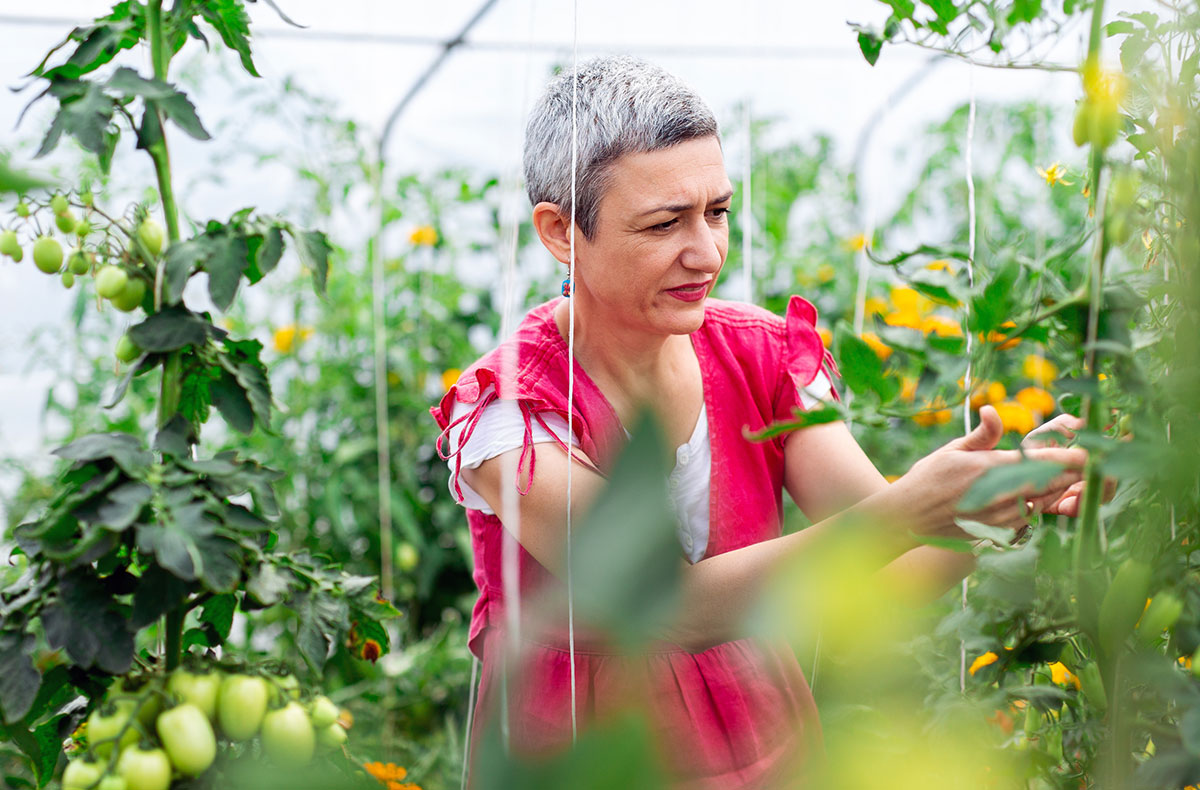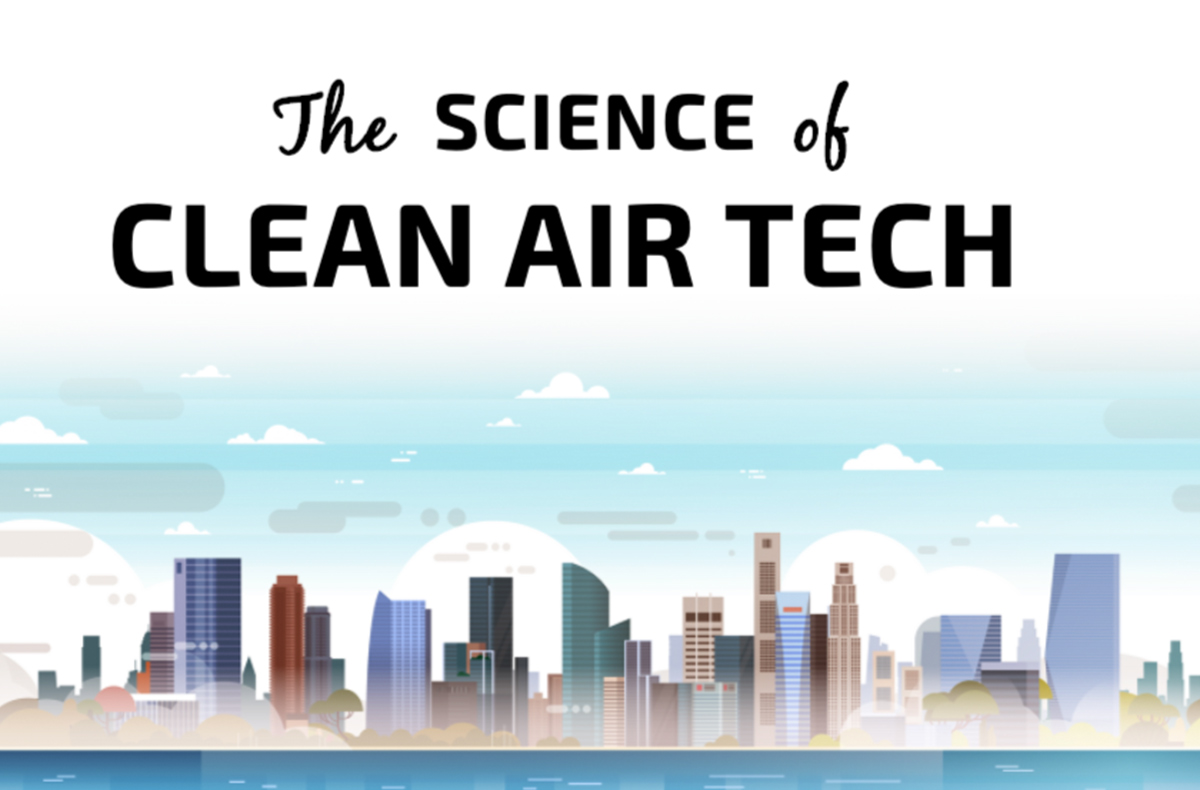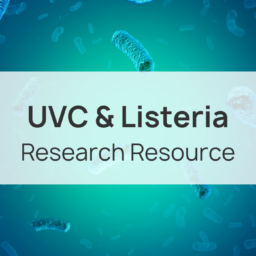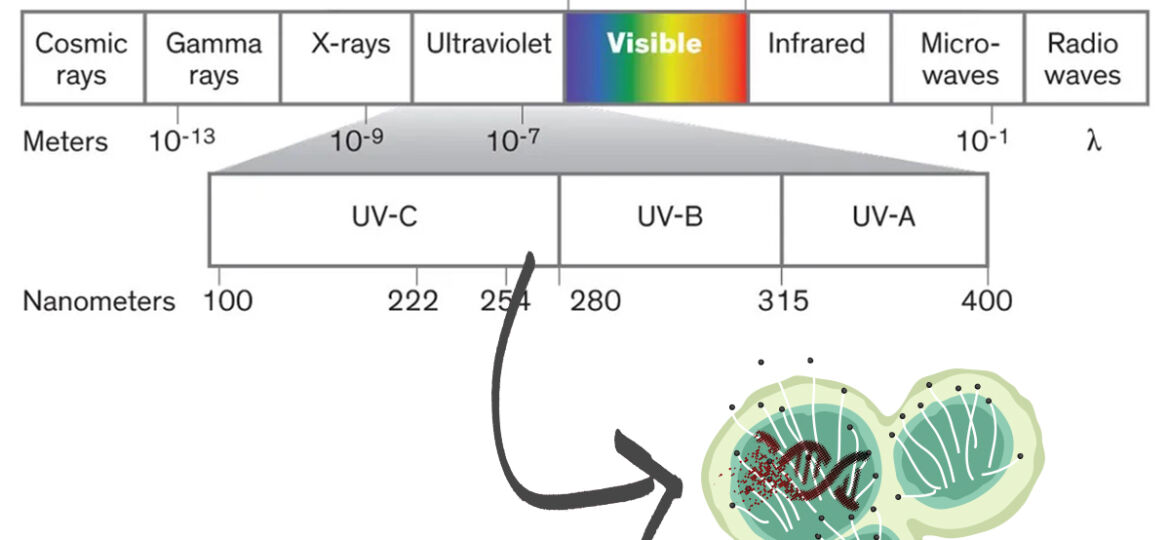
UVC has long been used for disinfection since its germicidal abilities were first discovered in the early 1900s. But as with other UV light sources, UVC is made of a range of wavelengths, 100 nm to 280 nm. UVC is highly disruptive for living organisms. This is because it is strongly absorbed by proteins, DNA and RNA. To effectively destroy DNA and RNA (the most effective way of killing a microorganism), the wavelength range needs to be within 250 nm to 280 nm. Research has shown peak absorption for all microorganisms at 265 nm and a rapid drop in absorption below 250 nm. It is important to note though, that even at peak absorption each microorganism absorbs the radiation differently. The effectiveness is based on several important factors.
Line of Site
UVC’s germicidal capabilities rely on the ability of its light waves to make direct contact with a surface or organism. Simply placing a UVC light in the room will not disinfect every surface. Any surface turned away from the light source or blocked by something else will not be sanitized.
Type of Lamp
LEDs are more and more seen as a natural replacement for mercury lamps. Not only are they mercury-free (i.e. toxic substance free), they also offer operating features that make LEDs more effective and efficient.
- Instantaneous on/off (no warm up time to reach full intensity)
- Turning on/off will not impact lamp life (no life wasted by inefficiency of a lamp ballast)
- Directional light output (no need for reflectors or wasted energy in light being produced that goes away from the target area)
- Extraction of heat away from direction of UVC
- Efficient light output (all the energy input of the LED is used to generate one peak optimal wavelength of 265 nm versus a mercury lamp, where input is spread out across numerous wavelengths and a significant portion dedicated to generating 253 nm)
- No maintenance cost and long life.
Distance
The distance of the light source from the surface it is disinfecting makes a big difference. Being closer to the surface provides a more concentrated rate of energy transfer and quicker disinfection time. The farther you move the light source from the surface, the less concentrated the energy transfer and the longer the exposure time will be needed to disinfect.
Intensity
The intensity is the amount of energy per square centimeter received per second (is often measured in millijoules, microwatts or milliwatts). Refer to this article for helpful analogies regarding intensity. High intensity is important because it shortens the exposure time needed to kill microorganisms. Wattage is often the only measurement shown for rating lamps. This is typically for the input power.
In a future article we will discuss more about power output comparisons between LED’s and mercury lamps. The key takeaway with intensity for LED’s is that LED’s are excellent at focused directional disinfection. Lamps have uncontrolled direction, which is why they require reflectors. LED’s can generate 265 nm wavelength, which is 20-30% better disinfection power than mercury lamps. The focused energy of LEDs creates a very high intensity. They are also able to be constructed in a way that allows them to be closer to the surface being disinfected. This is nearly impossible to do and creates higher with mercury lamps. This means that LEDs can generate a higher intensity than a mercury lamp with similar power input.
Light
Microorganisms like powdery mildew have been plaguing plants for millions of years, evolving alongside plants. Like plants, they have evolved to use light and darkness in their functionality and growth. Powdery mildew is unique in that they attack plants on their surface, meaning in natural environments, they are exposed to UV light from the sun. This has resulted in them developing a very rapid repair mechanism for damage from UV as soon as it occurs. Recent research has discovered that this repair mechanism turns off at night. For all you indoor growers, this means UVC application will be most effective when applied right before a period of darkness or even better, at the beginning of a period of darkness. For outdoor growers, it’s best to apply UVC when it’s dark.
Effectively Take on Molds and Mildews
The Puren Solutions Katana UVC Light Wand achieves a 99.99% kill rate of molds – like powdery mildew and bud rot, viruses and other contaminants within seconds of exposure. It is a battery-powered, LED UVC light wand specifically designed for direct exposure to contamination. It can be fully submerged in diluted disinfectant solutions, for efficient and complete sanitization of the entire unit. The Katana’s extreme portability and lightweight, ultra slim design provides all day handheld comfort and ease of maneuverability. It is specifically designed to get deep into plant canopies, providing exposure of UVC radiation to kill surface powdery mildew and bud rot spores in all the nooks and crannies of your plant canopy. It does this without harming your plants or leaving chemical residues. Harness optimum disinfection power and a faster rate of disinfection in a durable package 47% lighter than other industrial handheld units – get yours today!


